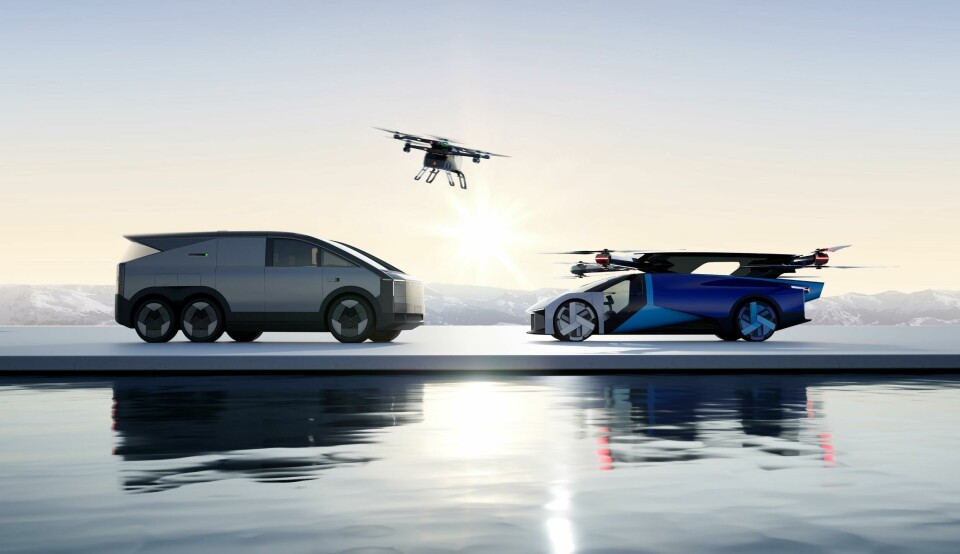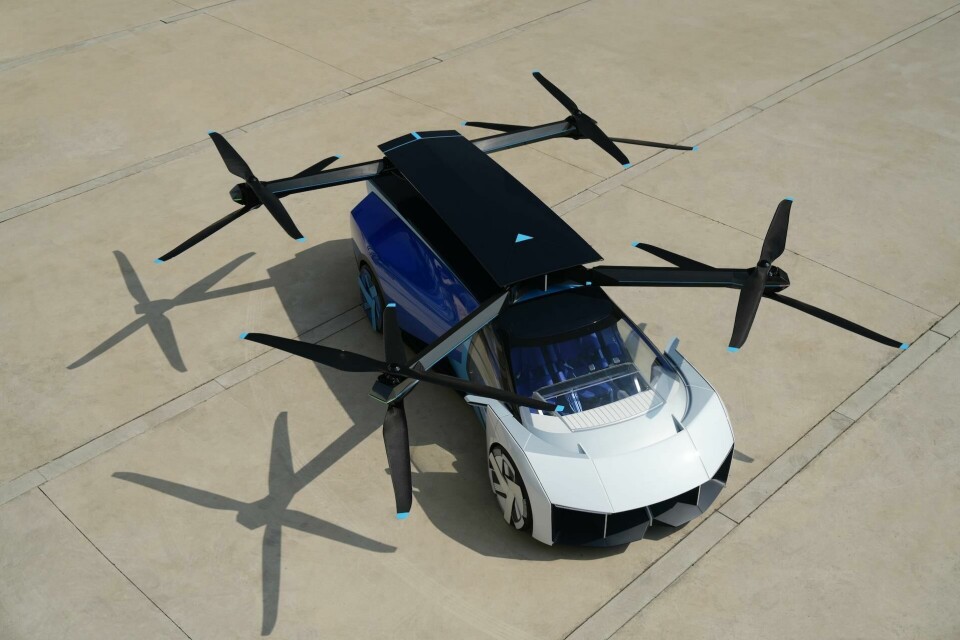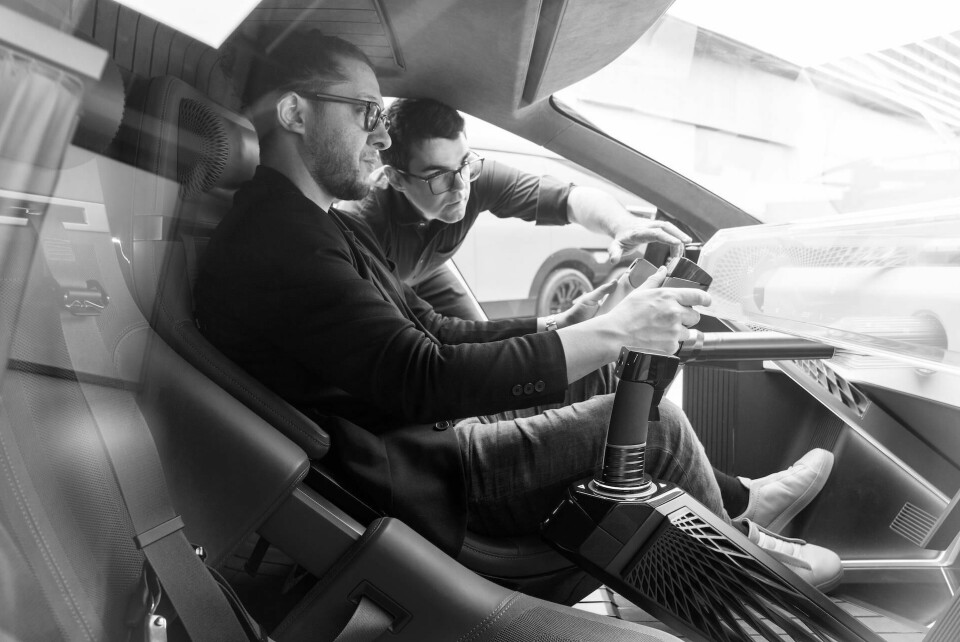
Light and airy: Xpeng’s flying car prototype
PARTNER CONTENT
This content was paid for by Xpeng and produced in partnership with Car Design News
EV carmaker Xpeng is getting into the flying car game with its new brand Xpeng AeroHT, revealing not one but two different vehicles slated for production
The boundaries between ground and air are blurring and car designers are finding themselves increasingly in demand for the burgeoning eVTOL space. One of the latest entrants is Xpeng AeroHT, an offshoot of Xpeng, which at CES performed a live demo of its flying car concept and revealed a new modular concept.
While development of the flying car prototype continues, Xpeng AeroHTsays its modular ‘Land Aircraft Carrier’ will be available from the end of 2025, with pre-orders opening at the end of this year. In contrast to the flying car concept with a retractable structure that holds rotors and blades, the Aircraft Carrier is angular, imposing and more utilitarian.
The team behind it says the “exploratory design” has “rugged proportions suitable for multi-purpose utility,” while the design language itself is described as “cyber mechanical.”
Based on a minivan platform but taking design cues from a pick-up, it cuts a very different figure to the flying car concept and is instead more of a mothership from which a separate eVTOL can be transported. This air module is fully electric and uses a heavy emphasis on clear glass to provide a 270-degree panoramic view from the cockpit.
And just like the eVTOL it carries, the carrier was designed to look and feel stable while on the road, aided no doubt by its six wheels across three axles. “The overall design taste is simple and solid, but all features are centered around straight, parallel and vertical lines,” the design team explains. “Through this, a sturdy, strong, durable and functional design was achieved.”
While many start-ups are essentially working on airplanes, Xpeng AeroHT’s flying car is truly a mix of both worlds. Sporty, low to the ground and with angular bodywork, it is described as a concept but is very much functional and has already undergone flight testing in both China and the US.

The interior is light and airy, but the vehicle itself weighs in the region of two tonnes – about the same as a passenger helicopter. In practice, large rotor blades extend from each corner of the retractable structure, transforming the car into a quadcopter. This is perhaps the most interesting element of the design – aside from the obvious engineering feats involved – as it almost looks like a normal car with a surprising cinematic unveiling of the robotics.
“Based on the package of a supersports car that provides maximum driving pleasure, the two modes of sports car and flying car were implemented in completely different ways,” the team explains, “with the flying part completely folded and stored in the roof. This is structurally very different from existing flying cars and is the most challenging element.”
Whatever challenges there may have been appear to have been ironed out, as the company says it will proceed to mass production once ”policy, regulation and application scenarios become more mature.”
Visually, the cabin and flying parts are characterised by light front and rear structures that prioritise aerodynamics, enabling safe body movement by maximising airflow in both driving and flying modes. But it’s not only a work of engineering; the design team say it was an exercise in beauty too.
“To increase flying visibility and enjoyment, the doors are all glass and the floor cuts out two large openings to the world down below. The overall design language combines product design simplicity with the dynamism of transportation. The volumes are minimal but cut in a patchwork of advanced interior materials giving a new sense of premium high-tech.”

Once inside the flying car, the cabin also has a mix of nuanced requirements. Consider the difference between sitting in the drivers’ seat of a car to that of a small jet, for example. Similar, but not identical experiences by any means.
Xpeng’s design team tried to create what they call a “lightweight and futuristic architecture”, with elements of the interior adjusting automatically between driving and flying mode.
The future of mobility goes beyond cars
While the car transforms into flying mode, for example, the multifunction yoke retracts giving even better access to the screen while the joystick in the console takes over as the main controls. The floating dashboard also becomes a super wide panoramic display. “Its large size and transparency enhances the impression of space and offer unlimited UI/UX possibilities,” the team notes.
Crucially, the Xpeng team say, the Land Aircraft Carrier is more than just a statement of intent and has already completed key R&D validation tests and is preparing for mass production. “Xpeng is at the heart of a revolution in mobility,” says Brian Hongdi GU, vice chairman and president of Xpeng Motors. “The future of mobility goes beyond cars. Whether people want to travel by cars, air or other ways, we aspire to change what’s possible.”


























